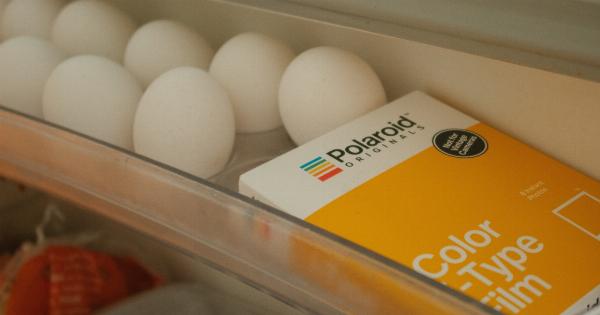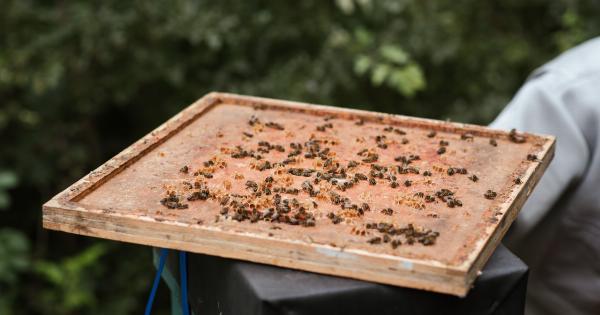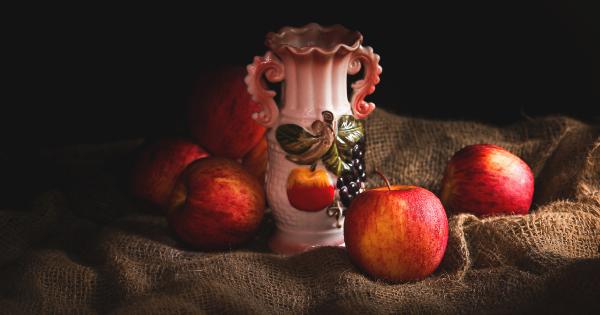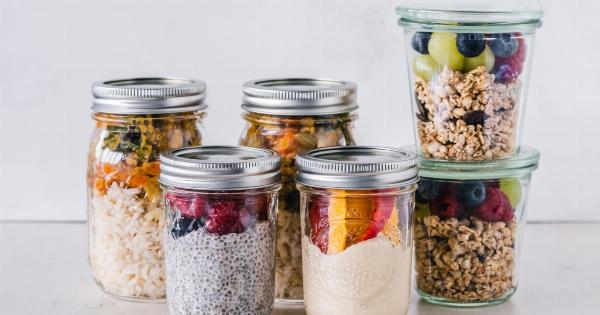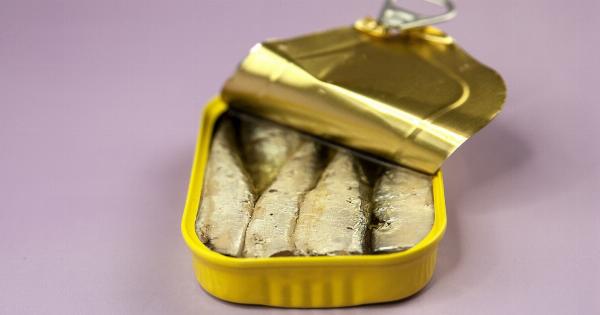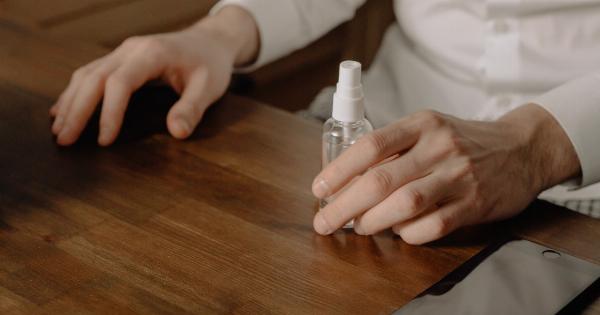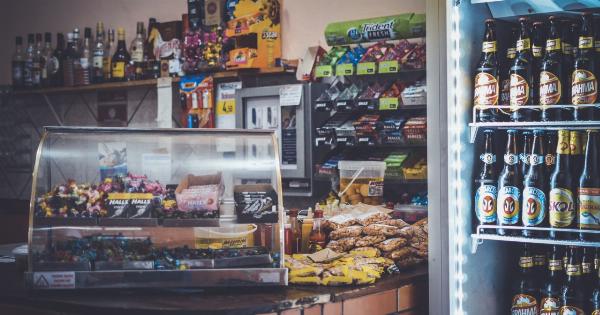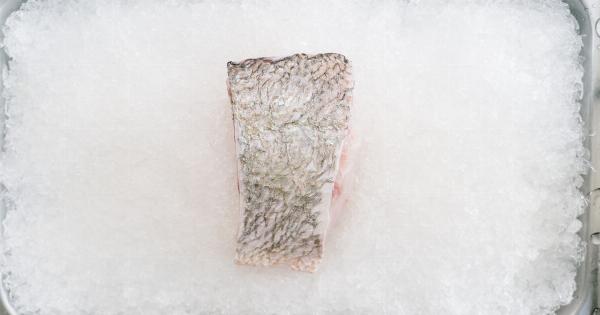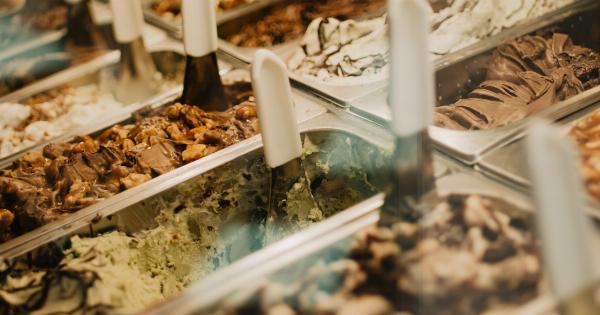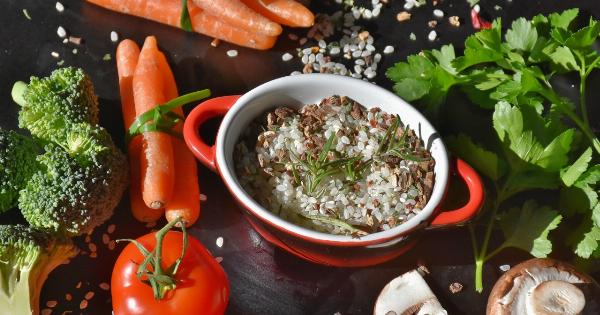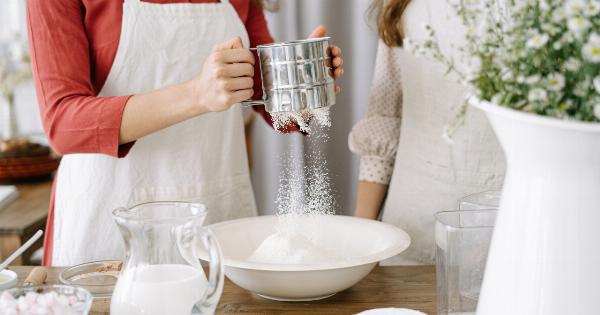Ice cubes are a common everyday item that most of us take for granted. We use them to cool our drinks, to make refreshing summer beverages, and to chill our favorite treats.
However, have you ever stopped to think about what goes into making an ice cube? Or how they can affect the quality and taste of our food and drinks? In this article, we will explore the world of ice cubes and freezer burn, and the potential consequences they can have on your culinary experiences.
The Science Behind Ice Cubes
Ice cubes are simply frozen water, but the process of freezing water is more complex than it may seem. When water freezes, the molecules slow down and form a crystalline structure, creating a solid.
The speed at which freezing occurs can impact the size and clarity of the resulting ice cubes. Slow freezing, such as in an ice cube tray, produces larger, clearer ice cubes as impurities have time to settle out.
On the other hand, rapid freezing, as in a commercial ice maker, often results in smaller, cloudier ice cubes due to the trapped impurities. The type of water used also plays a role in the quality of the ice cubes.
Freezer Burn: The Enemy of Frozen Foods
Freezer burn is a common issue that can occur when food is improperly stored in the freezer. It happens when moisture is lost from the food’s surface, leading to dehydration and oxidation. The result is dry and discolored patches on the frozen food.
Freezer burn not only affects the appearance of the food but can also impact its taste and texture. The main culprits behind freezer burn are improper packaging and prolonged storage.
Potential Consequences of Consuming Ice Cubes with Freezer Burn
Although freezer burn is primarily associated with frozen food, it can also affect ice cubes. When ice cubes are improperly stored in the freezer without adequate protection, they too can suffer from freezer burn.
Consuming ice cubes with freezer burn can have several consequences:.
1. Altered Taste
Freezer-burned ice cubes can affect the taste of the drinks they are meant to cool. The off-flavors and odors from the freezer burn can transfer to the beverage, making it less enjoyable to consume.
2. Diluted Drinks
As freezer-burned ice cubes melt, they release the trapped water from their crystalline structure. This additional water can dilute your drinks, affecting their flavor and potency.
3. Risk of Contamination
Improperly stored ice cubes can become contaminated with freezer-burned food particles. When these ice cubes melt, the contaminants can mix with your drinks, potentially introducing harmful bacteria or altering the taste further.
4. Texture Issues
Freezer-burned ice cubes can develop a grainy texture, which can be unpleasant to consume. The texture can feel sandy or gritty, making the overall drinking experience less enjoyable.
Prevention and Solutions
To prevent the negative consequences of freezer burn, both in food and ice cubes, there are several steps you can take:.
1. Proper Packaging
When storing food or ice cubes in the freezer, ensure they are placed in airtight containers or freezer bags. This will help to minimize air exposure and reduce the risk of dehydration and oxidation.
2. Rotation and Consumption
Practice first-in, first-out (FIFO) rotation when using your freezer. Consume older items first to prevent them from becoming freezer-burned. This also applies to ice cubes – use the older ones before the fresher ones.
3. Use Freezer-Safe Containers
Invest in freezer-safe containers to store your ice cubes. These containers are designed to protect the contents from freezer burn and maintain their quality.
4. Regular Cleaning
Regularly clean your freezer to prevent the buildup of ice crystals and frost. This will help maintain a consistent freezing environment, reducing the risk of freezer burn.
Conclusion
Ice cubes are not just frozen blocks of water; they can impact the taste and quality of your beverages.
Freezer burn, although primarily associated with food, can also affect ice cubes, leading to altered taste, diluted drinks, potential contamination, and texture issues. By taking preventive measures such as proper packaging, rotation and consumption, using freezer-safe containers, and regular cleaning, you can minimize the risks of experiencing these consequences.
So, the next time you reach for an ice cube, keep in mind the potential effects of freezer burn and take steps to ensure a delightful and refreshing experience.




